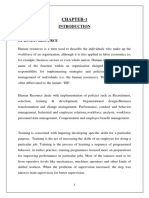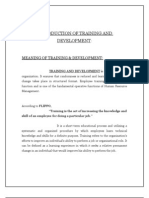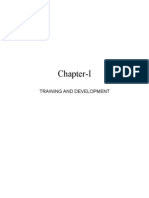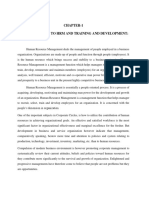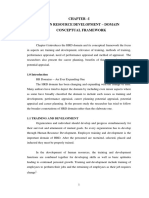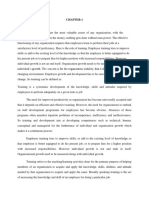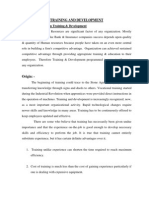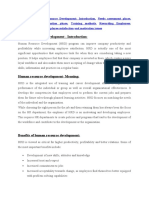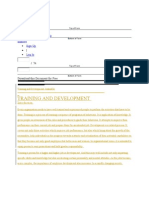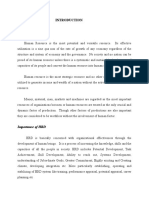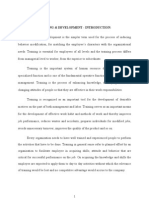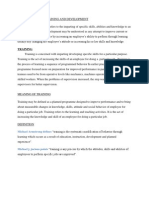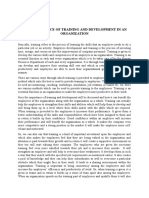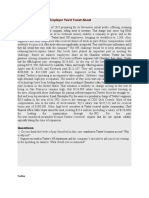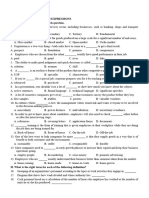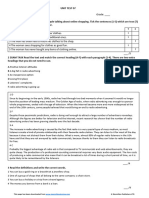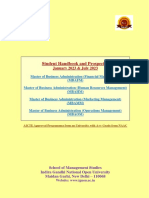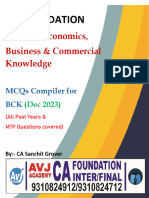0% found this document useful (0 votes)
75 views8 pagesAnd Development
The document discusses the importance of training and development at IndianOil, emphasizing that effective training enhances employee performance, prepares them for future roles, and aligns individual goals with organizational objectives. It highlights the role of Human Resources in facilitating training programs that improve knowledge, skills, and attitudes, ultimately contributing to organizational growth and stability. Additionally, it outlines the objectives of training, such as increasing productivity, improving quality, and fulfilling future personnel needs.
Uploaded by
Hitesh KhandelwalCopyright
© Attribution Non-Commercial (BY-NC)
We take content rights seriously. If you suspect this is your content, claim it here.
Available Formats
Download as DOCX, PDF, TXT or read online on Scribd
0% found this document useful (0 votes)
75 views8 pagesAnd Development
The document discusses the importance of training and development at IndianOil, emphasizing that effective training enhances employee performance, prepares them for future roles, and aligns individual goals with organizational objectives. It highlights the role of Human Resources in facilitating training programs that improve knowledge, skills, and attitudes, ultimately contributing to organizational growth and stability. Additionally, it outlines the objectives of training, such as increasing productivity, improving quality, and fulfilling future personnel needs.
Uploaded by
Hitesh KhandelwalCopyright
© Attribution Non-Commercial (BY-NC)
We take content rights seriously. If you suspect this is your content, claim it here.
Available Formats
Download as DOCX, PDF, TXT or read online on Scribd
/ 8










